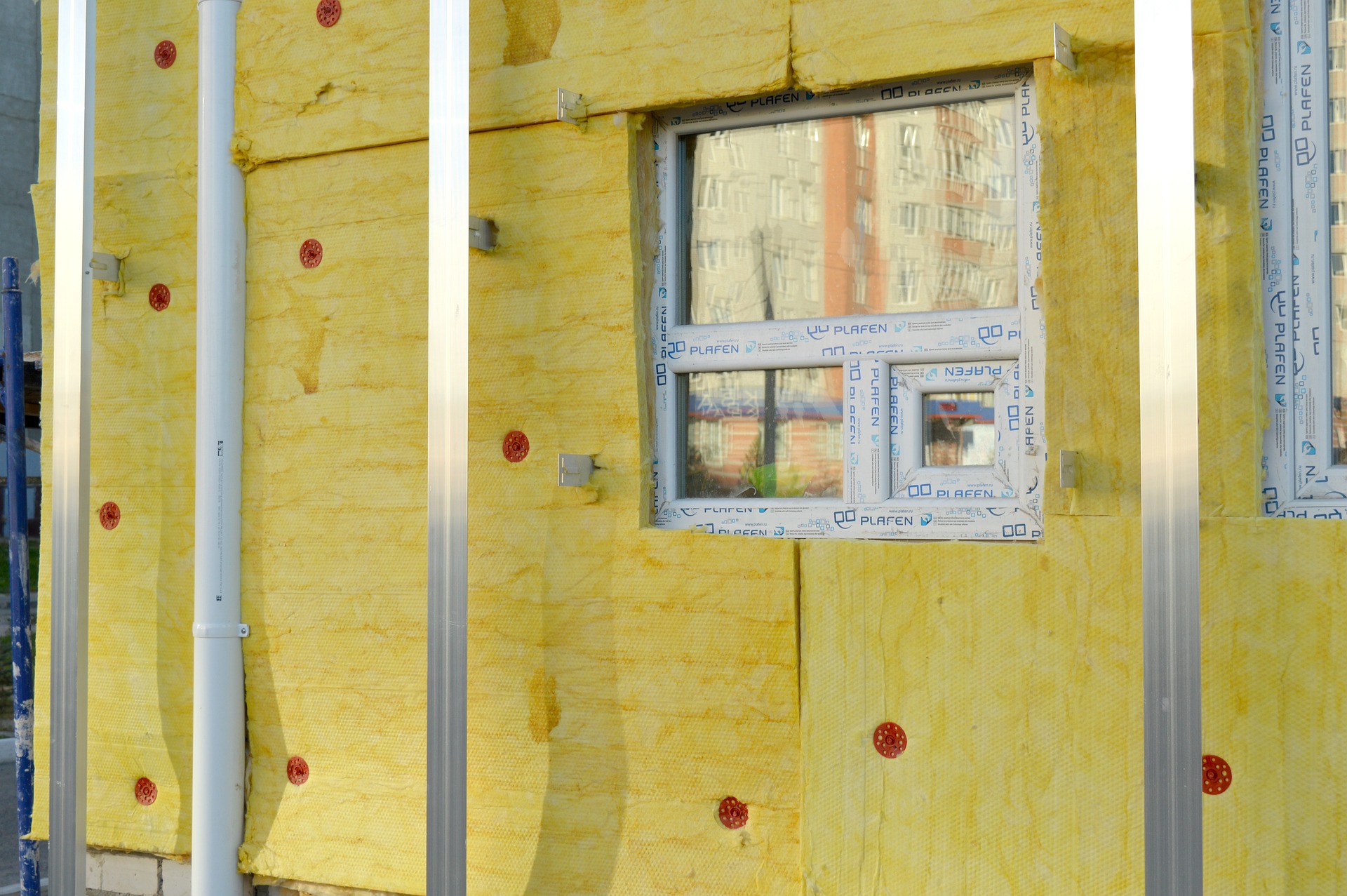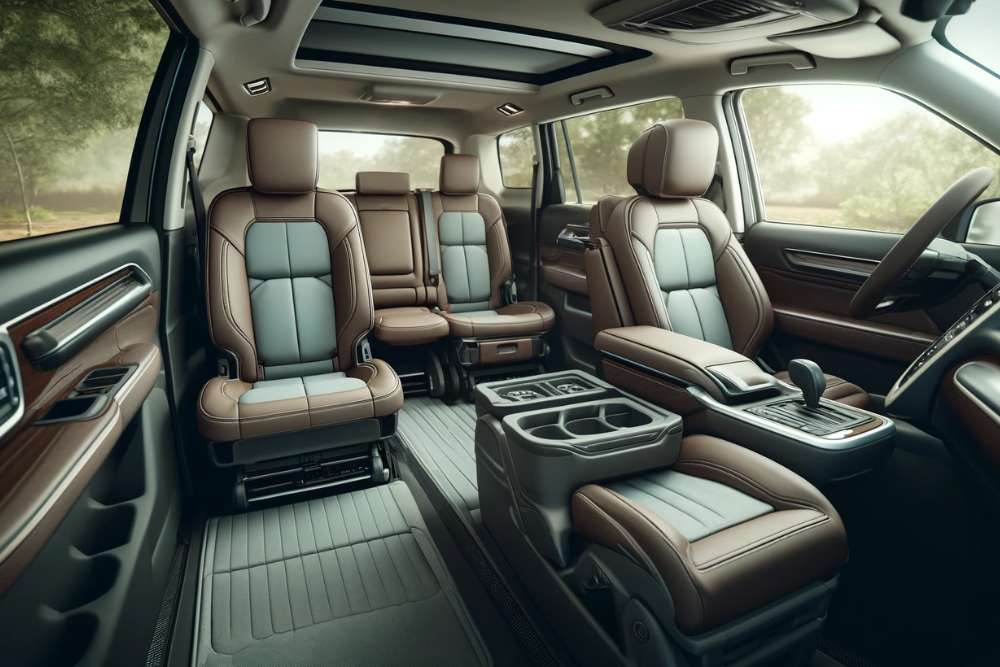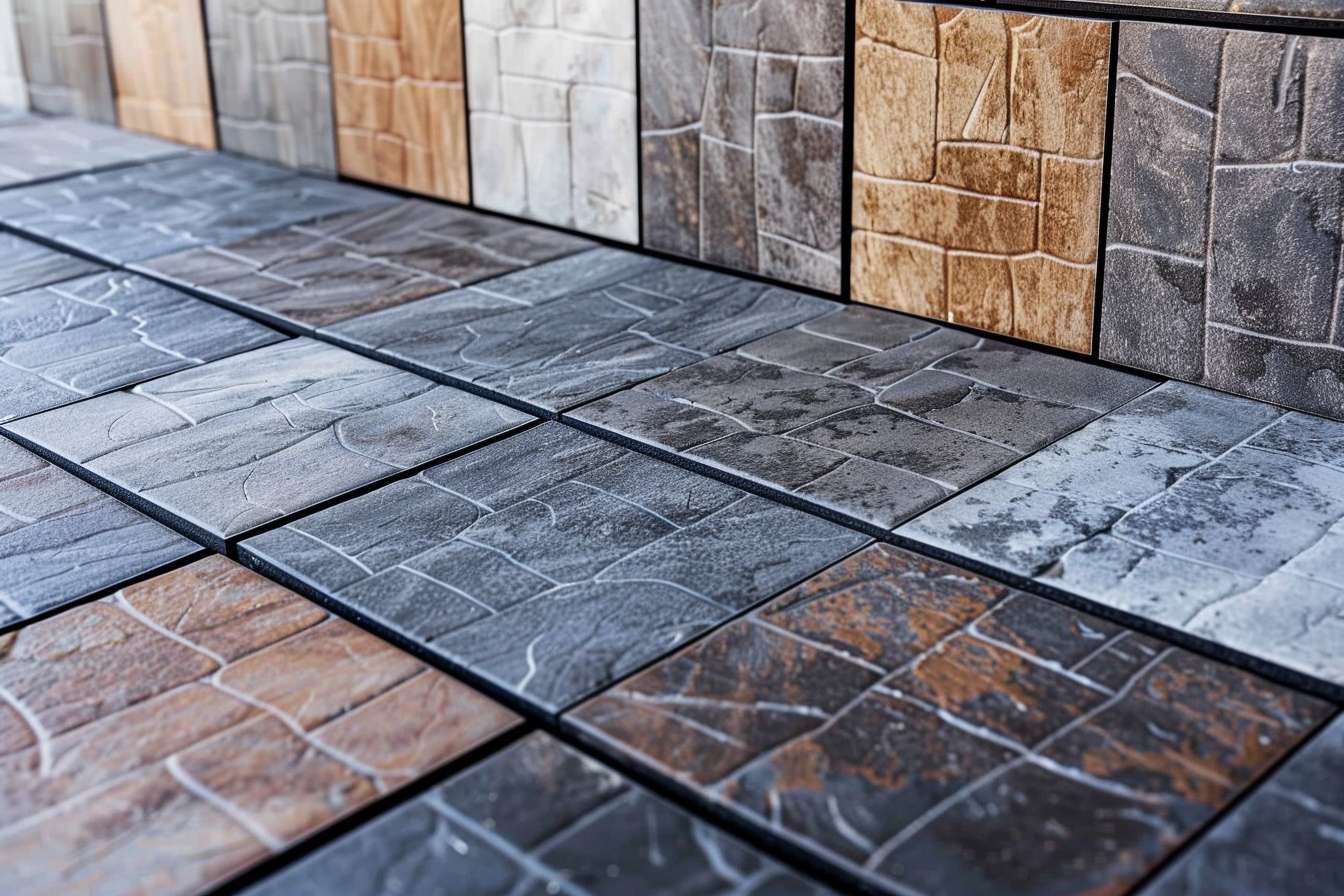Energy-Efficient Window Replacements: What You Need to Know
Replacing windows in your home is a significant investment that can dramatically improve energy efficiency, comfort, and aesthetics. With rising energy costs and growing environmental awareness, energy-efficient windows have become increasingly popular among homeowners. These specialized window systems are designed to minimize heat transfer, reduce drafts, and lower utility bills. Understanding the different types available, their benefits, and installation considerations can help you make informed decisions when upgrading your home's windows.

Understanding Energy-Efficient House Windows
House windows have evolved significantly from single-pane glass to advanced energy-saving systems. Modern energy-efficient windows typically feature multiple glass panes with insulating gas between them, special coatings, and improved frame materials. The primary function of these enhanced windows is to create a thermal barrier between your home’s interior and the outside elements. Key components that contribute to window efficiency include low-emissivity (Low-E) coatings that reflect infrared light, gas fills like argon or krypton between panes, improved frame insulation, and warm edge spacers that reduce heat conduction.
Energy ratings are important indicators of window performance. In the UK, the British Fenestration Rating Council (BFRC) rates windows from A++ (most efficient) to E (least efficient). When selecting energy-efficient house windows, look for these ratings along with U-values (measuring how well the window prevents heat from escaping) and Solar Heat Gain Coefficient (SHGC) values that indicate how well the window blocks heat from sunlight.
Benefits of UPVC Windows for Energy Efficiency
UPVC (unplasticized polyvinyl chloride) windows have gained tremendous popularity in residential buildings due to their excellent thermal performance and cost-effectiveness. These windows offer superior insulation compared to traditional materials like aluminum or wood, primarily because UPVC is a poor heat conductor. This property helps maintain consistent indoor temperatures regardless of external conditions, reducing heating and cooling expenses.
Beyond energy efficiency, UPVC windows provide additional advantages including durability, low maintenance requirements, and sound insulation. Their resistance to rot, corrosion, and fading means they typically last 20-30 years with minimal upkeep. UPVC frames don’t require painting or staining and can be simply cleaned with mild soap and water. Available in various colors and finishes, modern UPVC windows can complement any architectural style while delivering long-term energy savings.
How Double Glazed Windows Improve Thermal Performance
Double glazed windows consist of two panes of glass separated by a spacer and sealed to create an insulating air or gas-filled cavity. This design dramatically reduces heat transfer compared to single-glazed alternatives. The trapped gas (typically argon) between panes acts as an excellent insulator since gas conducts heat less effectively than glass. The result is significantly improved thermal efficiency that can reduce energy loss by up to 50-70% compared to single glazing.
Beyond energy savings, double glazed windows offer enhanced comfort by eliminating cold spots near windows and reducing condensation. They also provide better sound insulation, potentially reducing external noise by 25-35 decibels depending on the glass thickness and gap width. Most modern double glazing incorporates Low-E coatings that reflect heat back into your home during winter while reflecting solar heat outward during summer, maximizing year-round efficiency and comfort.
Considering Second Hand UPVC Windows: Pros and Cons
As sustainability becomes increasingly important, second hand UPVC windows present an eco-friendly and potentially cost-effective alternative to new installations. These pre-owned windows can be sourced from building salvage yards, online marketplaces, or specialized architectural salvage dealers. The primary advantage is cost savings, with used UPVC windows often available at 50-70% less than new equivalents, making them attractive for budget-conscious renovations.
However, purchasing second hand windows requires careful assessment. Check for seal integrity by looking for condensation or fogging between panes, which indicates seal failure. Examine frames for warping, cracks, or UV damage that might affect performance. Verify that opening mechanisms work smoothly and locks function properly. Also consider energy efficiency standards, as older windows may not meet current building regulations. While used windows can be a sustainable choice that diverts materials from landfills, they may lack the warranty protection and perfect sizing of new installations.
Finding Quality Double Glazing in Your Area
Locating reputable window installers in your area requires research and due diligence. Start by seeking recommendations from neighbors, friends, or family who have recently replaced their windows. Online review platforms and social media community groups can provide valuable insights into local companies’ reputation and service quality. Industry certifications are equally important—look for installers registered with recognized trade associations such as FENSA or CERTASS in the UK, which ensure compliance with building regulations.
When evaluating potential suppliers, request detailed quotations from multiple companies. These should include specifications for glass types, frame materials, hardware quality, and installation methods. Ask about warranty terms, with quality installations typically offering 10+ years on frames and 5+ years on sealed units. Most reputable companies offer free home consultations to assess your specific requirements and provide tailored recommendations. During these visits, ask for examples of previous installations and, if possible, contact references to verify the quality of workmanship.
Costs and Considerations for Window Replacement
Window replacement represents a significant home improvement investment with costs varying widely based on window type, frame material, glass specifications, and installation complexity. UPVC windows generally offer the most affordable option, with typical prices ranging from £300-£600 per standard-sized window installed. Wood and aluminum frames command premium prices, often 30-50% higher than UPVC alternatives. Double glazing costs typically start around £400 per window, while triple glazing can increase costs by 20-30% but offers superior thermal performance.
Additional factors affecting price include window style (casement windows being more economical than tilt-and-turn or sash designs), glass specifications (standard double glazing versus enhanced Low-E or acoustic glass), and installation complexity. Replacing windows in conservation areas or listed buildings may require special permissions and materials that increase costs substantially.
| Window Type | Frame Material | Average Cost Range (per window installed) | Energy Efficiency Rating |
|---|---|---|---|
| Double Glazed | UPVC | £400-£600 | B-A |
| Double Glazed | Aluminum | £550-£800 | C-B |
| Double Glazed | Timber | £800-£1,200 | B-A |
| Triple Glazed | UPVC | £500-£750 | A-A+ |
| Triple Glazed | Aluminum | £700-£950 | B-A |
| Triple Glazed | Timber | £950-£1,400 | A-A+ |
Prices, rates, or cost estimates mentioned in this article are based on the latest available information but may change over time. Independent research is advised before making financial decisions.
Energy-efficient window replacement delivers long-term returns through reduced energy bills, with average savings of 10-25% on heating and cooling costs depending on the efficiency gain over existing windows. Most homeowners recover the investment over 7-15 years through energy savings, increased property value, and improved comfort. Government incentives or energy-efficiency programs may also be available to offset initial costs, making the investment more accessible while contributing to environmental sustainability.




